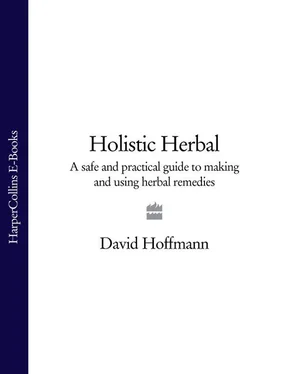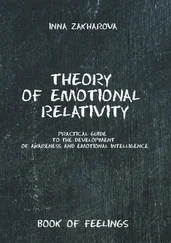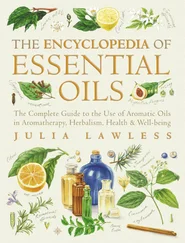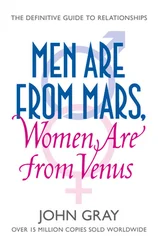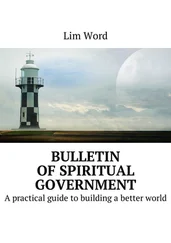The potent healing qualities of herbs have been used in different therapeutic philosophies throughout history. We find plants used within the Indian ayurvedic system, in Chinese medicine alongside acupuncture and other techniques. They play a very important role in the spiritual healing ecology of the North American Indians. We see them being used as a source of drugs in the highly scientific and technological approach of modern pharmacy and allopathic medicine.
In fact allopathic medicine, now often called ‘orthodox’ medicine, has its roots in the use of herbs. Until about fifty years ago, nearly all the entries in pharmacopoeias describing the manufacture of drugs indicated a herbal origin. Only since the refinement of chemical technology and developments in chemotherapy has the use of herbs apparently diminished. Nonetheless it should be recognised that a majority of drugs still have their origin in plant material. Some very simple examples will illustrate this.
The amphetamines, which are based on the alkaloid ephedrine, supply stimulants and anti-asthmatic drugs and play an important role in medicine. Their exploitation followed the discovery of the active ingredient ephedrine in the Chinese herb Ma Huang, Ephedra sinica. The steroid drugs, the wonder drugs of the 60s now known to have unfortunate side effects, are still synthesised from a chemical extracted from the West African Wild Yam, Dioscorea spp. Aspirin too, was discovered in the last century from a number of plants like Meadowsweet and Black Willow. In fact its name comes from the old botanical name of Meadowsweet, Spirea.

Wild Yam
So we see that allopathic medicine still uses herbs, if in a limited way. Plants are approached as a source of active ingredients, specific bio-active chemicals that can be analysed, synthesised and used in the form of potent drugs. The body is seen as being essentially biochemical in nature, so when something goes wrong, it does so on the level of chemical processes and molecules. To get it to work correctly we thus have to use chemicals. If such an attitude is correct, why not use isolated constituents from plants? After all, nature provides powerful agents like morphine, still one of the best painkillers known, so why not approach plants this way? In the context of the scientific approach, to view the human being as a biochemical laboratory where specific chemicals have specific effects seems justified and valid.
But can we really reduce a human being to the level of molecules? The human being surpasses description in its beauty and dynamic complexity of form and function, in potential expression and creativity. Of course on the level of physical form our body is also biochemical, but its organisation transcends by far the realms of biochemistry textbooks. Even if we were to fully comprehend the molecular complexities, we would not find what makes us human. There is a powerful and synergistic force at work within us—call it life, life-force, vital force or other names—that is us and is involved with the whole of us on all levels, not just the biochemical. At death the same chemicals are present but this energy of life and synthesis has gone. It is impossible to define this force, but the holistic approach is based on and works with a vision of humanity as animated by it.
Herbal medicine in its holistic sense recognises humanity as an expression of life, enlivened with life-force, and herbs can work with this whole being, not just specific symptoms. They do function through biochemical interactions and specific applications, but they do so in a way that augments the vital processes of the body. On the biochemical level, the numerous ingredients in a herb work in a synergistic way, with elements involved in the process that chemotherapy would not even consider as being active. In later chapters we will hear more about this, for instance in a comparison of Foxglove and Lily of the Valley , in the section on circulation.
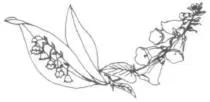
If we just looked at herbs as a source of valuable chemicals we would limit their healing power, for beyond the physical level they can also work on the level of the life-force. As they heal our bodies, they may also heal our hearts and minds, for they open the body to a clear flow of integrating and synergising vital energy.
The body maintains a steady internal state, where temperature, blood sugar level, and other variables are kept within narrow limits, this process being known as homeostasis. This ability is fundamental to life, an expression of a force within working toward harmony and integration. If the body were not able to maintain this state of homeostasis we would not survive long.
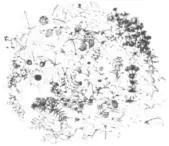
This principle of homeostasis also applies to our environment. Our environment adapts to changes, but, like us, it is only able to do this within narrow limits. Beyond those, it dies.
As human beings we live in contact with two environments, the outer ecological one and the inner physiological one. Herbs can be seen as a bridge between the outer and inner environment, augmenting health by facilitating harmony and resonance between the two. Once we are in balance, we can radiate our higher state of health back into the ecosystem from which the herbs came.
If we slightly shift our view, we can see that we are really part of the whole of ecology, not separate from it. When we are healed with the help of plants, a part of the ecology is healed. By healing our bodies and our minds we will be more present as whole beings. And it is hoped that health will enable the growth of new awareness so that we can become conscious co-creators with nature and not remain the abusers and rapists that recent history shows us to be. A state of wholeness and health can affect our whole environment. It can affect our relationships, which affect society, and so potentially act to heal all humanity.
If we consider the concept of Gaia and remember that the Earth constantly works towards staying in a state of homeostasis, we can see how herbs act as homeostatic agents. Their purpose is to keep an element of the ecology—humanity—integrated and in harmony with the whole ecology. We can compare it to the purpose of hormones. Hormones released in one part of the body lead to a specific action in another part, integrating and harmonising our inner environment.
Chemotherapy cannot be substituted for this work of herbs. Chemicals do not work towards the integration of a system; at their best they bring some elements back into alignment. We can look at health as at any ecological system aiming for homeostasis. It is always in motion, with varying elements from outside influencing the system, which does its best to stay in balance and thus to stay alive. Health is when the personal ecosystem, the inner space that has been called the ‘milieu interieur’, is in balance with the outer space, and both of them are one. As J.Z. Young says: ‘The entity that is maintained intact, and of which we all form a part, is not the life of any one of us, but in the end the whole of life upon the planet.’ *
Читать дальше
